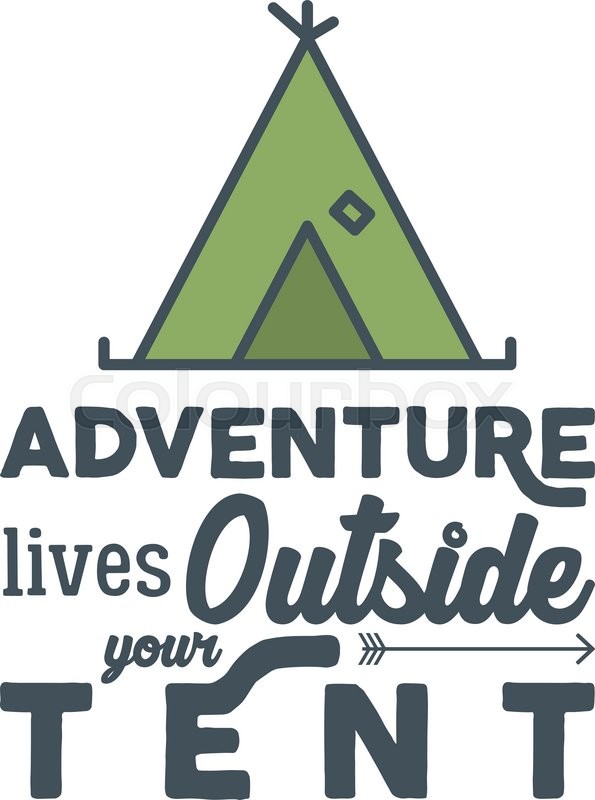Preparing For Inspections At Commercial Wall Tent Sites
The Development of Wall Surface Outdoor Tents Frame StyleAs camping progressed to mirror a more comprehensive social shift towards mindfulness and sustainability, camping tent design did the same. Whether it's with intuitive setup services or the application of Fitts' Legislation, contemporary outdoor tents layout remains to introduce and expand camper's options for outdoor exploration.
The wedge camping tent, additionally known as a wall surface camping tent, can be created by erecting the ridgepole atop upright posts and freely staking down each side. This allows for even more living and moving around area than an A-frame outdoor tents.
The A-Frame
Among the most renowned outdoor tents layouts is a standard A-frame. This framework takes its name from its roofline, which resembles the capital letter A. This shape develops a vaulted ceiling that offers an open, spacious feeling inside the home. The sloping walls likewise make second-level loft space rooms perfect for resting.
In the past, a good scout can establish a canvas A-frame camping tent in 2 mins or less. A modern A-frame cabin can provide the exact same simplicity of installment, yet with better weather protection and more functional area.
A-frames are a wonderful example of functional design, which emphasizes decreasing the complexity of a product to make sure that it can be more easily comprehended and utilized. Today, UI/UX designers use this principle to craft user-friendly interface that enable customers to achieve their goals with maximum efficiency. This method mirrors the A-frame's beginnings as a remedy to human requirements. The simplicity of A-frames also reflects a desire for outdoor experiences that balance technological development with a deeper connection to nature.
The Wedge
Whether you are new to wall camping tents or are a skilled camper, choosing the right structure for your canvas sanctuary can seem like an overwhelming experience initially. With numerous options for fabric, frames and levels of security from the aspects to think about, you can easily obtain shed in a sea of lingo.
Thankfully, backpacking navigating the world of wall surface tents doesn't need to be so daunting. We have actually created our own system to assist you streamline your decisions. With our basic Wedge design, we have actually removed the demand for complicated material and framework options so you can invest more time enjoying your trip and less time worrying about your shelter.
The Baker
The baker tent is a modified lean-to design camping tent. It is a really flexible and beneficial sanctuary that can be zipped limited versus the elements or opened up to let in the heat of a reflector campfire. The baker was the outdoor tents of choice of many logging camps and wilderness canoe adventurers in the 1800's. The baker tent also acquired prestige in the early 1900's when nationally understood outdoor writer Horace Kephart utilized a baker outdoor tents at his famous base camp on Dicks Creek in North Carolina.
Selecting the right interior structure, tube dimension and fabrication is an essential consider establishing the stamina of your wall outdoor tents and exactly how it will manage altering weather conditions. On top of that, a significant part of your wall surface camping tent's durability and performance is identified by the treatment that it has been subjected to. Bravo's bonded steel interior frameworks are developed making use of exceptional 1 3/8 inch galvanized tubing and sturdy bonded angle packages that are supported for additional toughness.
The Whelen
In a time of enhancing industrialization and urbanization, outdoor camping was a stepping back to basic nature recognition. It supplied an opportunity to value blemishes in products and asymmetry of the landscape, to embrace the transience of daily rhythms of rising, moving, resting, and relaxing, and to get in touch with the natural world at a greatly human level.
Early outdoor tents layouts were crafted with an eye to economic situation of area and weight, yet we have actually seen a desertion of these traditional concepts toward bigger, gangly layouts that take longer to establish, call for even more mindful planning of the footprint, and deal less in terms of weather defense. In this way, the modern-day tent shows a societal shift far from technical advancement and towards mindfulness, sustainability, and admiration for a more environment. Much like camping tents, UI/UX design is likewise fixated meeting human demands. Fitts' Legislation, for example, shows us to prioritize the dimension and proximity of interactive aspects in order to promote quicker and much more effective customer interactions.
